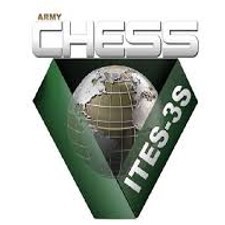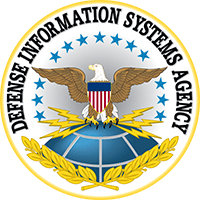Business Process Reengineering (BPR) is strategic. BPR disrupts existing business processes - workflows, roles, business policies and procedures, supporting technology and underlying business rules. BPR requires new ways of thinking – doing new things in new ways. BPR results in fundamental changes in end-to-end business processes in support of an organization’s strategic objectives.
For a deeper discussion of BPR see my whitepapers, “Inteq’s BPR360/Framework” and “Lean: Getting Early Wins from BPR.”
Automation of business processes is essential to achieving BPR objectives. Workflow Automation and Robotic Process Automation (RPA) are two important tools for automating business processes. The title of this post, Workflow Automation vs. Robotic Process Automation, is a bit of a misnomer. “vs.” in this context does not mean that these are competing tools. Quite the contrary, Workflow Automation and Robotic Process Automation are not only compatible, they are synergistic. Accordingly, I am using “vs.” in the context of differentiating Workflow Automation from Robotic Process Automation.
Workflow Automation is a mature tool in that it has been applied effectively for many years. Robotic Process Automation is an emerging tool and is often confused with and frequently used interchangeably with Workflow Automation. They are, however, different process automation tools that automate different aspects of business processes. I am using the term “tool” in this post from the perspective of a toolbox of techniques that support and enable business processes, not from the perspective of vendor specific products.
Components of a Business Process
To understand the distinction between Workflow Automation and RPA, it’s helpful to understand two core components of a business process – work activities and workflow.

A “work activity” is a cohesive unit of work performed by an actor (person or system) that transforms inputs into outputs in accordance with a set of business rules (formal or informal). For example, some of the work activities in the Order Fulfillment process (see process map above) are Order Associate Classifies Order, Account Specialist Creates Customer Account, Sales Mgr. Reviews Order for Acceptance, etc. Work activities are where the actual work of the process is performed.
A “workflow” is a sequence of work activities that result in an end point in the process. For example, the four work activities Order Associate Classifies Order, Account Specialist Creates Customer Account, Financial Analyst Analyzes Customer’s Credit, and Credit Specialist Contact Customer are a workflow in the Order Fulfillment process.
A business process then, simply defined, is the end-to-end set of work activities and associated workflows.
Workflow Automation
Workflow Automation automates the flow of tasks, documents, and information across work activities in accordance with defined business rules. For example, once the Financial Analyst analyzes the customer’s credit and determines if the credit is “OK” or not, the order is then automatically routed, as appropriate, to the Credit Specialist to contact the customer or to the Order Specialist to enter the order. Clearly, this is a very simplified description of workflow automation, but the key takeaway is that workflow automation automates the flow among work activities across the process.
Robotic Process Automation (RPA)
What’s the key distinction between RPA and Workflow Automation? The focus of Workflow Automation is on automation of flow among work activities across the process, while the focus of RPA is on automating the individual work activities. Work activities that are highly based on rules/procedures are excellent candidates for RPA. However, RPA combined with cognitive technologies (a sophisticated word for AI) is moving more deeply and effectively into work activities that are knowledge and judgment based.
The work activity Account Specialist Creates Customer Account is highly rules/procedural based and an excellent candidate for RPA. The work activity Financial Analyst Analyzes Customer’s Credit might appear to be knowledge and judgment based. However, it’s my experience that a significant portion of the procedure of activities that appear to be knowledge and judgment based can be distilled to decision rules. The rules based portion of the activity Analyst Analyzes Customer’s Credit is definitely a candidate for RPA. Therefore, only the portion (and perhaps only a small portion) of the work activity requires the actual knowledge and judgment of an experienced financial analyst.
Synergy
Synergy is defined as the interaction or cooperation of two or more organizations, substances, or other agents to produce a combined effect greater than the sum of their separate effects. The key takeaway from this post is that Workflow Automation and RPA are highly synergic BPR tools.
For a more detailed discussion of the distinction between rules based work and knowledge and judgment based work, as well as the future of work, please see my blog post “Think Like an Owner – Thriving in an AI Driven Economy.”
BPR Training Course
BPR requires new ways of thinking to achieve break-through results in organizational effectiveness and operational efficiency. Inteq training provides you and your team with the skills, techniques and methods you need to apply the right level of change to the right functions and processes at the right time.
Today’s rapidly changing business environment favors high-performing agile organizations capable of delivering extraordinary customer and business value.
Meeting this challenge often requires transformative change - and sustainable on-going improvement in business processes, organizational culture and supporting technologies.
Subscribe to my blog | Visit our Knowledge Hub
Visit my YouTube channel | Connect with me on LinkedIn
Check out our Business Analysis Training Courses and Consulting Services

 Login
Login




















